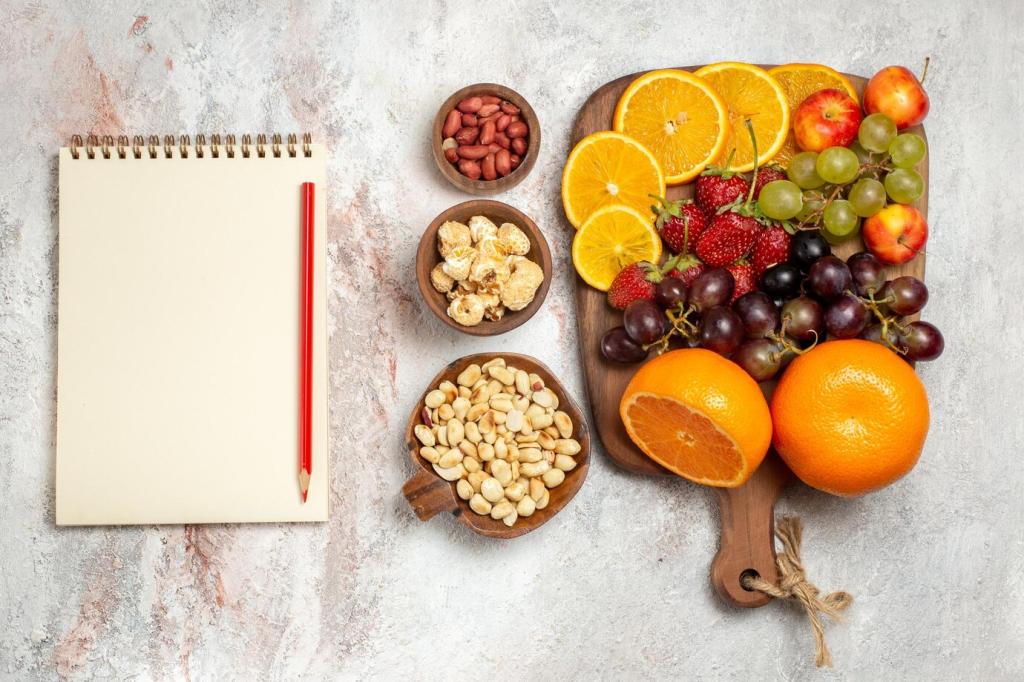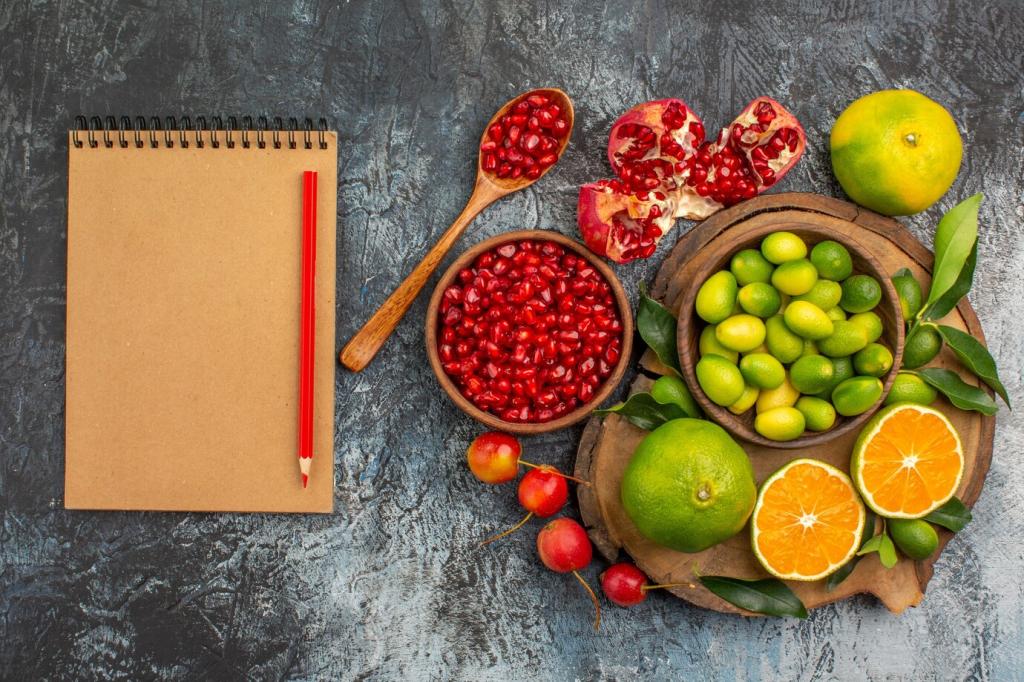Batch Cooking Without Boredom
Cook three versatile anchors: a protein, a grain or starchy carbohydrate, and a big tray of vegetables. Think roasted chicken thighs, quinoa or brown rice, and sheet-pan broccoli and peppers. Mix them into burrito bowls, hearty salads, or quick stir-fries to match your training day appetite.
Batch Cooking Without Boredom
Keep sauces ready: chimichurri, tahini–lemon, harissa yogurt, or sesame–ginger. Rotate herbs and spices—smoked paprika, za’atar, garam masala—to transform the same base ingredients. A Monday bowl can taste Mediterranean, while Wednesday feels bright and citrusy, and Friday brings a cozy, curry-inspired finish.



